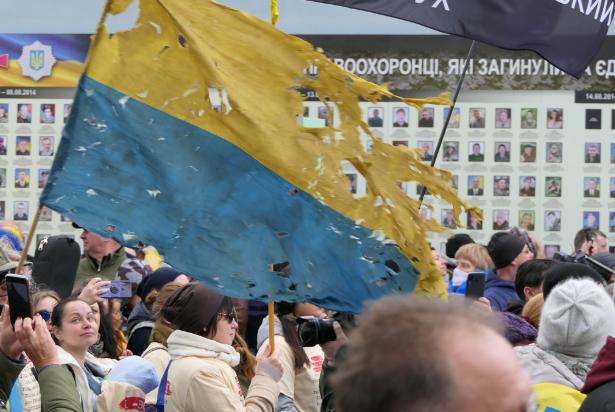AI Generated Images Have Improved Once Again!
- Cesar Guerrero Isaias

- Oct 25, 2023
- 3 min read
Introduction
Mostly everyone in the modern day has heard about Artificial Intelligence (or AI), whether it is a relentless sunglass wearing terminating metal skeleton known for assuring his return or the infamous “ChatGPT” your English teacher caught you using for your final essay. Although AI is known for its generation of lengthy explanations and text generations, many people's attention has been caught by the new advancements AI has achieved when it comes to AI image generation and the captivating images it creates.
How are these images generated?
AI softwares, such as DALL-E by OpenAI, (which is also responsible for ChatGPT), creates images from textual prompts by training their AI on a vast dataset of images and the corresponding descriptions and prompts. Through this training, the AI improves its ability to map the prompts into image features by adjusting the parameters of its encoder and decoder. When AI is provided with a prompt, it can turn this prompt into incredibly diverse images that match both the prompt’s commands and description while always keeping them as unique photos and are never direct replicas from the training datasets.
Image Generation: People
When it comes to image generation of human beings, in some cases, AI has trouble generating facial features and hands. Initially, AI-generated images often suffered many lacks of smaller and finer details, many unrealistic textures, and many distorted shapes within the images. However, if it's a big celebrity or known person more images of them are bound to be on the internet and cause the software to recognize the person and generate the image more accurately.

Generation of the regular person has also improved, but to an extent. AI models have been trained to also produce more diversity in human image generations. With the new ability to fully encapsulate the different types of hair textures, skin tones, facial expressions, and poses have been able to put more personality and character into it. There's also been much diversity with these images since AI has begun to refine its ability to show various ages, ethnicities, body types, and more. However, some problems still exist when it comes to this generation. Uncanny Valley is a strong problem when it comes to AI Generated Images about humans. Uncanny Valley is when something looks almost human, but not quite, causing discomfort for the viewer and the vast majority of these AI generated images suffer from this problem. Although it still has its weaknesses, AI has made remarkable progress in generating these realistic human images, and they're actively continuing their progress to fully master the generation of human images!
Image Generation: Animals
Unlike the AI generated images for people, most animals have been able to be flawlessly generated. However, these AI photos would normally have some errors when it comes to the limbs of these animals and giving any sort of detail to it. Nowadays, AI has upgraded and has been able to heavily refine its ability with generating photos of animals. The new improved AI models, generations of images have been able to become more realistic, have higher resolution, and capture an incredible amount of detail such as fur patterns, feathers, and more. These images have also improved when it comes to diversity. Species, poses, environments, and more have been able to be generated diversely and uniquely throughout many images.

Image Generation: Landscape
AI models can now also produce many styles of landscapes from a realistic rocky mesa to a floating island with a mountain range. It can also various artistic styles or adapt to specific preferences, allowing users to customize generated landscapes based on their aesthetic preferences. These improved models can now also generate similar diversity to the human and animal generations, but in this case diversity within styles, seasons, landscapes, environments, and more.

Image Generation: Lettering
Despite most of the improvements, AI generated images with lettering is somewhat faulty and AI isn’t the best with contextual understanding of the English alphabet and is bound to stumble upon inconsistencies, inaccuracies, or intense typos in these images. Very advanced AI models can consider context and surrounding letters, enhancing the coherency and natural flow of generated text, but it's very common for it to have its issues.








Comments